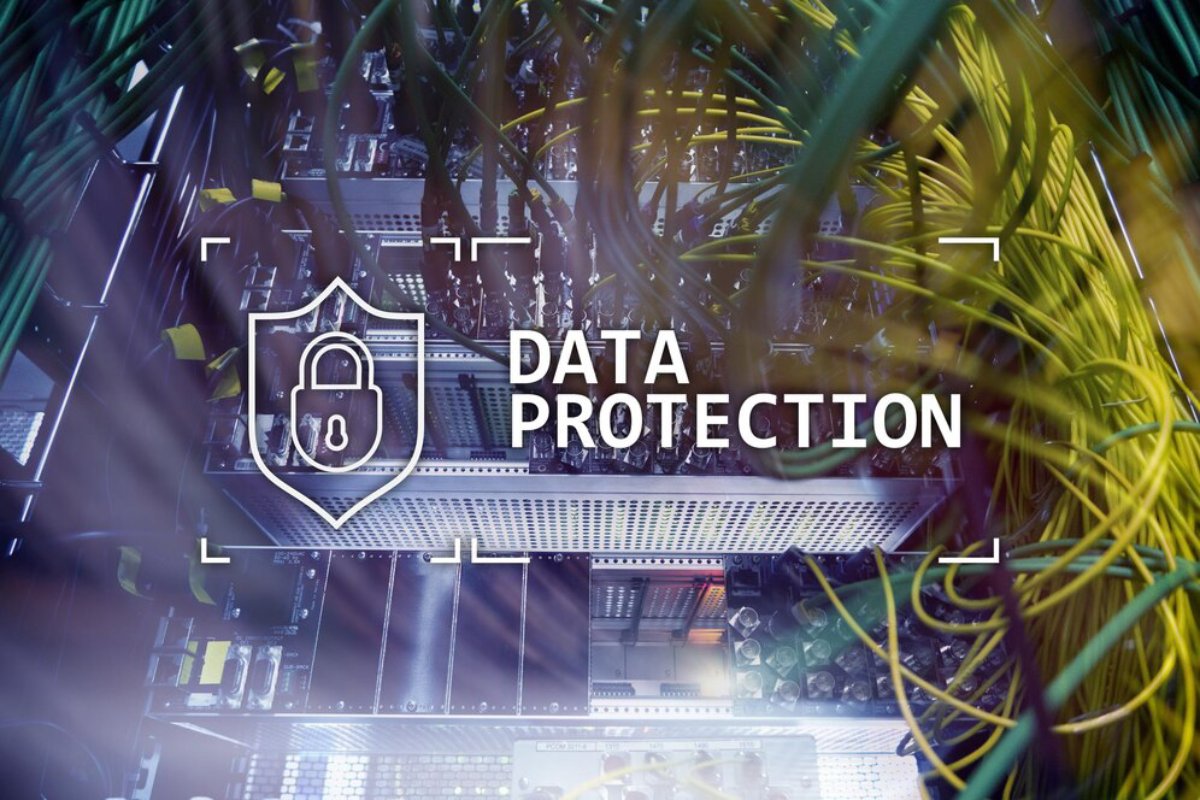
Ensuring PCI Compliance for Your Payment Gateway
Why PCI Compliance Is Non-Negotiable for Payment Security
Imagine a customer completing a purchase on your website. They’ve entered their card details, hit ‘Pay Now’, and trust that their information is safe. But what if your payment system isn’t secure? One breach could compromise their data—and your business’s reputation.
This is where PCI compliance steps in. Payment security standards are vital. They help ensure safe transactions for any business that handles cardholder data. Without compliance, you risk data breaches, hefty fines, and loss of customer trust.
This guide explains PCI compliance. We’ll cover what it is, why it matters for your payment gateway, and how to implement the standards well. By the end, you’ll understand the steps needed to safeguard your transactions and protect your business.
What Is PCI Compliance?
PCI compliance refers to adhering to the Payment Card Industry Data Security Standards (PCI DSS). Global payment security standards help businesses that accept, process, or store credit card information stay secure.
PCI DSS, set up by big card brands like Visa, Mastercard, and American Express, applies to any organisation that deals with cardholder data.
Why Does It Matter for Payment Gateways?
- Protects sensitive data: Prevents theft of cardholder information.
- Reduces risk of breaches: Mitigates vulnerabilities in your payment systems.
- Builds customer trust: Demonstrates commitment to secure transactions.
- Avoids penalties: Non-compliance can lead to fines, legal consequences, and higher transaction fees.
Whether you’re using a hosted payment gateway or an API-based solution, ensuring compliance is non-negotiable.
Key PCI Compliance Requirements for Payment Gateways
The PCI DSS framework consists of 12 core requirements. Here’s a breakdown of those most relevant to payment gateways.
1. Install and Maintain a Secure Network
- Use firewalls to protect cardholder data.
- Avoid using vendor-supplied default passwords.

2. Protect Stored Cardholder Data
- Encrypt sensitive data during storage.
- Limit retention—only store what’s necessary.
3. Encrypt Data Transmission
- Ensure data is encrypted when transmitted across open, public networks.
- Use protocols like TLS (Transport Layer Security).
4. Implement Strong Access Control Measures
- Restrict access to cardholder data based on the need-to-know principle.
- Assign unique IDs to individuals accessing systems.
5. Monitor and Test Networks
- Regularly test security systems and processes.
- Maintain audit trails of all access to network resources and cardholder data.
Hosted Gateways vs API Gateways: PCI Compliance Considerations
Your PCI DSS responsibilities may vary depending on how your payment gateway is integrated.
Hosted Payment Solutions
- The provider handles most of the compliance.
- Your role focuses on ensuring secure transmission and access control within your environment.
Example: PayPal Checkout redirects customers to their secure servers, minimising your PCI scope.
API-Based Payment Gateways
- You have more control—and more responsibility.
- Your server processes sensitive cardholder data, requiring strict adherence to PCI DSS.
Example: Stripe API lets you fully integrate it into your site. However, you must meet PCI standards.
Understanding your integration method helps clarify your compliance obligations.
Steps to Ensure PCI Compliance for Your Payment Gateway
Step 1: Determine Your PCI Level
PCI DSS categorises businesses into four levels based on transaction volume.
- Level 1: Over 6 million transactions annually.
- Level 2: 1 to 6 million transactions.
- Level 3: 20,000 to 1 million transactions.
- Level 4: Fewer than 20,000 transactions.
Your level sets the validation needs. These can include Self-Assessment Questionnaires (SAQ) or on-site audits.
Step 2: Complete a Self-Assessment Questionnaire (SAQ)
SAQs guide you through your compliance checklist based on your business model and integration method.
Types of SAQs:
- SAQ A: For fully outsourced e-commerce (hosted gateways).
- SAQ A-EP: For partially outsourced e-commerce with some cardholder data elements.
- SAQ D: For merchants with complex setups or storing cardholder data.
Step 3: Conduct Vulnerability Scans
- Use an Approved Scanning Vendor (ASV).
- Schedule regular scans (quarterly or as required).

Step 4: Implement Security Controls
- Apply firewalls, encryption, and access controls.
- Keep systems updated with security patches.
Step 5: Maintain Documentation and Logs
- Keep records of all transactions, security scans, and compliance activities.
- Ensure logs are secure and accessible for audits.
Best Practices for Maintaining PCI Compliance
1. Choose PCI-Compliant Payment Providers
- Verify that your payment gateway provider maintains PCI DSS certification.
- Review their compliance documentation regularly.
2. Limit Data Storage
- Don’t store sensitive authentication data (e.g., CVV codes).
- Minimise data retention to what’s strictly necessary.
3. Educate Your Team
- Train staff on handling cardholder data securely.
- Establish policies for access control and incident response.
4. Regularly Review and Update Security Measures
- Stay updated on emerging threats.
- Adapt your security practices accordingly.
5. Monitor Transactions for Fraud
- Use tools for real-time fraud detection.
- Investigate suspicious activity promptly.
Common PCI Compliance Challenges (and How to Overcome Them)
1. Complex Requirements
- Solution: Break down the standards into manageable tasks. Work with compliance experts if needed.
2. Resource Constraints
- Solution: Leverage hosted solutions to reduce your PCI scope and simplify compliance.

3. Keeping Up with Updates
- Solution: Subscribe to PCI SSC updates and adapt your policies regularly.
4. Lack of Internal Expertise
- Solution: Partner with a PCI Qualified Security Assessor (QSA) for guidance.
Real-World Example: Small Business PCI Compliance Success
Sarah runs a boutique e-commerce site. Feeling overwhelmed by PCI DSS rules, she chose a hosted gateway (Shopify Payments) to reduce her compliance duties. With her provider’s help, Sarah finished her SAQ A. She also set up vulnerability scans and trained her staff on data security. Today, she confidently ensures secure transactions and maintains customer trust.
Trends in PCI Compliance and Payment Security
1. AI-Driven Threat Detection
AI tools help identify and neutralise fraud patterns in real time.
2. Tokenisation and Encryption Advancements
New methods improve data protection without compromising user experience.
3. Global Compliance Harmonisation
Efforts are underway to align PCI DSS with other global data protection standards.
4. Focus on Mobile Payments
Security standards are evolving to cover mobile transactions comprehensively.
Staying aware of these trends ensures your payment security standards remain robust.
Conclusion: Prioritise PCI Compliance for Secure Transactions
Ensuring PCI compliance isn’t just a box-ticking exercise—it’s essential for protecting your business and your customers. Following payment security standards protects sensitive data, builds trust, and stops expensive breaches.
Follow these steps and best practices to manage your payment gateway compliance. This way, you can create a secure environment for transactions. Whether you’re just starting or reviewing your current setup, make PCI compliance a priority.
Have questions about PCI compliance or payment security? Share your thoughts below! You can also subscribe to more tips on keeping your e-commerce business safe!


